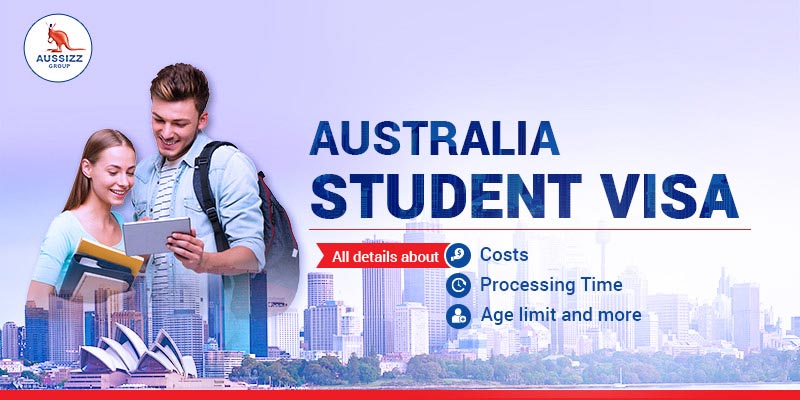
Australia offers various types of visas for different purposes, including tourism, work, study, and permanent residency. The visa you need depends on your situation and what you plan to do in Australia. Here’s a general overview of the most common types of Australian visas:
1. Tourist Visas
Visitor Visa (Subclass 600):
- Purpose: For tourism, visiting family or friends, or business purposes.
- Duration: Usually up to 12 months.
- Eligibility: Must demonstrate that you have sufficient funds for your stay and intend to leave Australia before your visa expires.
Electronic Travel Authority (ETA) (Subclass 601):
- Purpose: For short-term visits for tourism or business.
- Duration: Typically up to 3 months per visit.
- Eligibility: Available to passport holders from certain countries.
eVisitor (Subclass 651):
- Purpose: For short-term tourism or business visits.
- Duration: Up to 3 months per visit.
- Eligibility: Available to passport holders from the European Union and some other countries.
2. Work Visas
Temporary Skill Shortage Visa (Subclass 482):
- Purpose: Allows employers to sponsor skilled workers for up to 4 years.
- Eligibility: Requires a valid job offer from an approved sponsor and relevant skills and qualifications.
Skilled Migration Visas (Subclasses 189, 190, 491):
- Purpose: For skilled workers who are not sponsored by an employer but meet the points test.
- Duration: Permanent residency (Subclass 189 and 190) or temporary residency (Subclass 491).
- Eligibility: Based on factors like age, education, work experience, and English language proficiency.
Working Holiday Visa (Subclass 417 and 462):
- Purpose: For young people from eligible countries to holiday and work in Australia.
- Duration: Up to 12 months, with the possibility of extending if certain work requirements are met.
- Eligibility: Typically for people aged 18-30 (or 35 for some countries).
3. Student Visas
Student Visa (Subclass 500):
- Purpose: For international students who wish to study full-time at an Australian educational institution.
- Duration: Generally for the duration of the course.
- Eligibility: Must be enrolled in a registered course and meet English language, health, and character requirements.
4. Family and Partner Visas
Partner Visa (Subclass 820/801 or 309/100):
- Purpose: For spouses or de facto partners of Australian citizens or permanent residents.
- Duration: Subclass 820 is a temporary visa, and Subclass 801 is the permanent visa granted after a waiting period.
Parent Visa (Subclass 143, 173, 864):
- Purpose: For parents of Australian citizens or permanent residents.
- Duration: Subclass 143 is a permanent visa, while Subclass 173 is temporary with the option to apply for the permanent Subclass 143.
5. Permanent Residency Visas
Skilled Independent Visa (Subclass 189):
- Purpose: For skilled workers who do not require employer sponsorship.
- Duration: Permanent residency.
- Eligibility: Points-based system covering factors like age, education, and work experience.
Business Innovation and Investment Visa (Subclass 188/888):
- Purpose: For those who want to invest in or start a business in Australia.
- Duration: Subclass 188 is a temporary visa leading to the Subclass 888 permanent visa.
Application Process
- Determine Eligibility: Check the requirements for the visa type you’re interested in on the Australian Department of Home Affairs website.
- Prepare Documentation: Gather necessary documents such as passport, proof of funds, health examinations, and character checks.
- Submit Application: Applications can typically be submitted online through the ImmiAccount portal.
- Wait for Decision: Processing times vary depending on the visa type and your personal circumstances.
- Visa Grant: If approved, you’ll receive a visa grant notification. Ensure you understand the conditions attached to your visa.
Resources
- Australian Department of Home Affairs: Home Affairs Website
- Visa Finder Tool: Visa Finder
If you have a specific type of visa in mind or need guidance on the application process, feel free to ask!